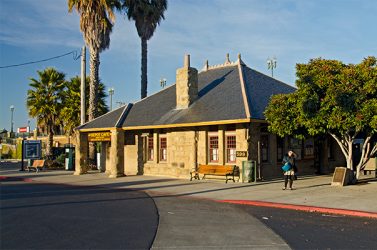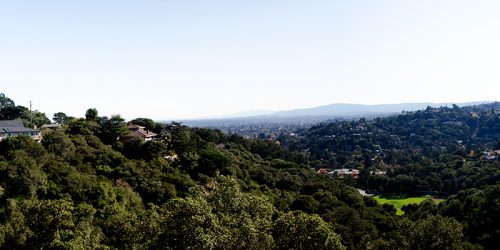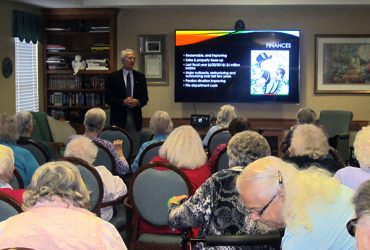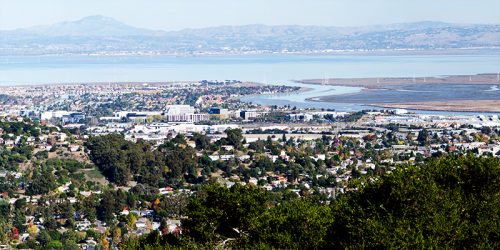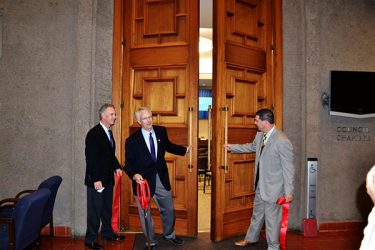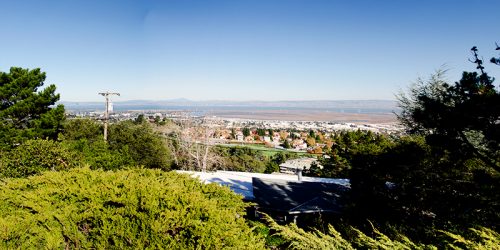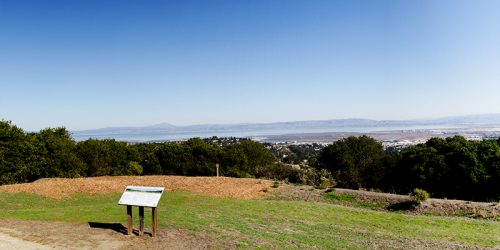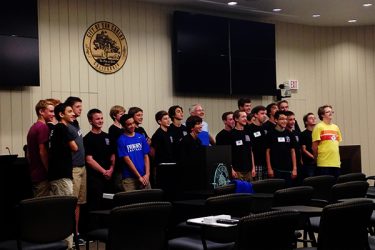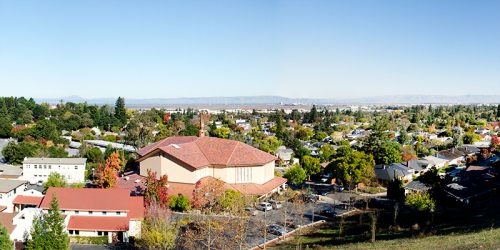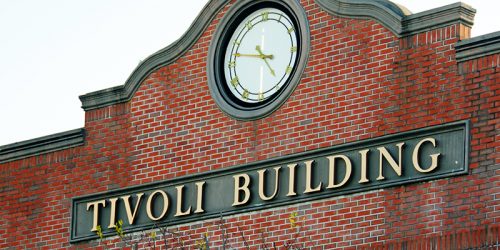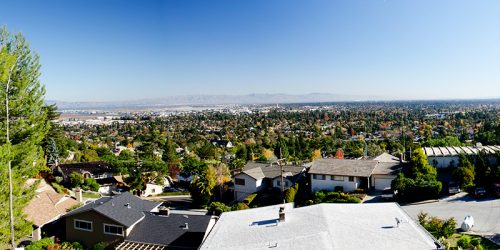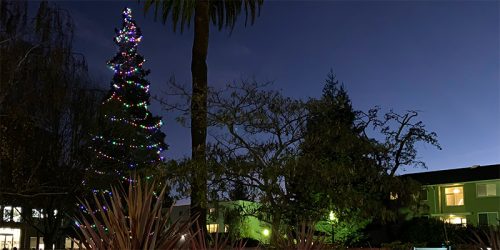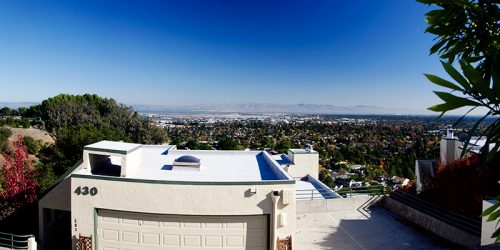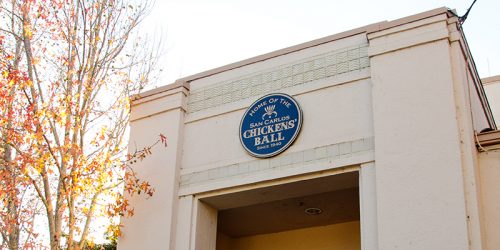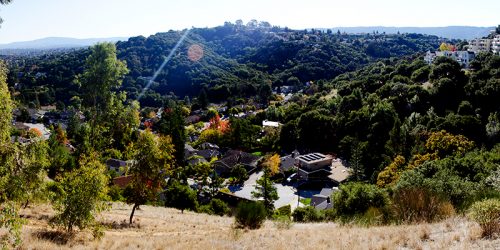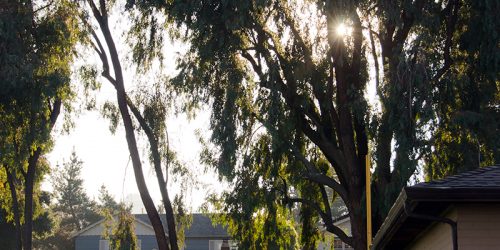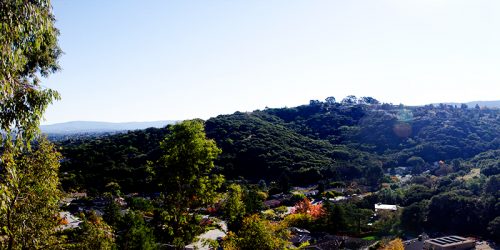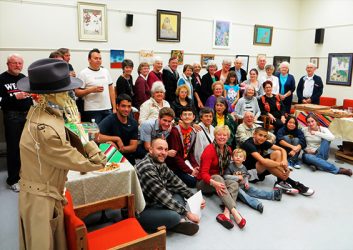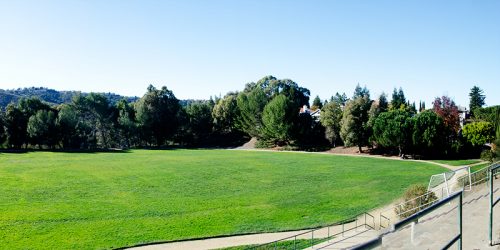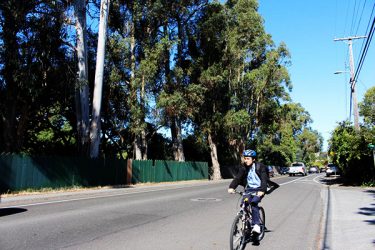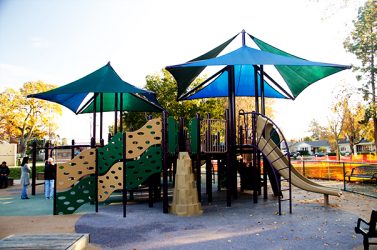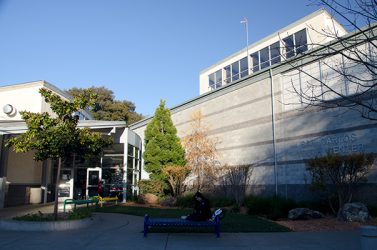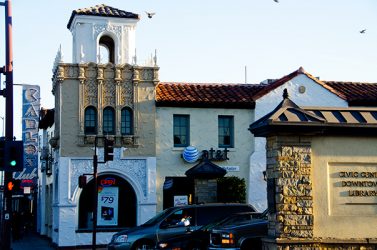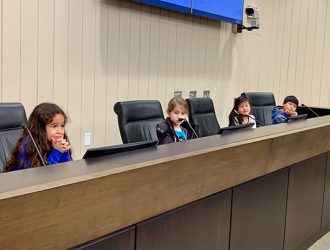The ultimate size of projects like the Transit Village always end up reflecting a balance between economic pressures striving to make them bigger and community pressures trying to keep a lid on them. Given that, it’s important to understand a project’s economics. Unfortunately, that’s not as simple as one might like. Of necessity you end up making long-term projections subject to many different assumptions.
The City had its outside experts, RSG, do some financial projections to see whether or not the Transit Village would support the full impact of our below market rate housing ordinance. This requires either a certain portion of the apartments be set aside for below market rate rentals, or a cash-in-lieu payment be made to the City (the cash can only be spent to increase the stock of below market housing).
I was curious about the project’s economics myself, for a different reason. I’ve voiced concern during our reviews of the Transit Village that not involving SamTrans, the property owner, in our discussions was leading us to approve a project that would be larger than it would otherwise need to be. Here’s why. Let’s suppose SamTrans charged Legacy, the project developer, $100 million a year to lease the land on which the project would be built. Legacy would need to build a huge project in order to earn enough money to cover that ground lease.
Now, in practice the situation is not that stark. But the basic principle still applies: Legacy must earn enough not only to realize a return on its investment, it must be able to pay the ground lease. Consequently, the ground lease must affect the project’s scale.
To explore this issue, and some others, I built my own model based on RSG’s work. The biggest change I made was to take what I call an integrated view of the financials: ignore the ground lease, and require the project to earn enough to buy the land on which it is built. This lets us look at the project’s fundamentals, without confusing them by worrying about how the return is shared between Legacy and SamTrans (the effect of the ground lease is to extract some of the project’s return and give it to SamTrans).
I learned some things from the model that I found pretty interesting, and presented them to my colleagues at our October 28, 2013 meeting. Here’s what I showed them (you can view this in a new window by clicking the overlapped rectangle icon in the lower right hand corner of the window):
The degree of flexibility on scaling the project’s size is larger in my model than what was implicit in RSG’s analysis. There were several reasons for that, but the biggest one was in how I estimated the residual value — the value at the end of the analysis’ timeframe.
After I made my presentation my colleagues, naturally enough, wanted to vet what I had told them. To that end, I’m going to be sending the model and an explanatory memo to City staff for them to include in the agenda package for our next meeting. But you get a sneak peek at these documents because you’re visiting my blog.
First, here’s a draft of the explanatory memo (you can view this in a new window by clicking the overlapped rectangle icon in the lower right hand corner of the window).
Here’s the Excel model itself, for those of you who are gluttons for punishment (if you hover your mouse over the small red triangles that are in the upper right corners of certain cells a window with some commentary will pop up):
If you have Excel installed on your computer you can also download a copy of the file and try different values for the parameters, almost all of which are on the “assum” sheet.
At the end of the day I don’t expect to see the project downsized to the degree this analysis says could be done. For one thing, neither Legacy nor SamTrans could be expected to pursue a project which is barely breakeven. For another, estimating the reversion/residual value of the land and project is difficult, and subject to uncertainty. That would also make a reasonable person want a cushion, requiring a larger project.
But as I make my way towards a personal decision on this project I plan on keeping the following in mind:
- It appears the project can be downsized and still be viable;
- The retail space apparently neither hurts nor helps the economics; and,
- The office space apparently degrades the economics (so reducing or eliminating it helps Legacy and SamTrans).
As always, your mileage may vary.
